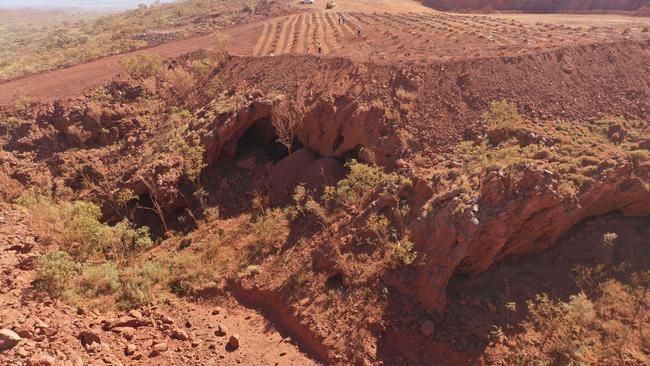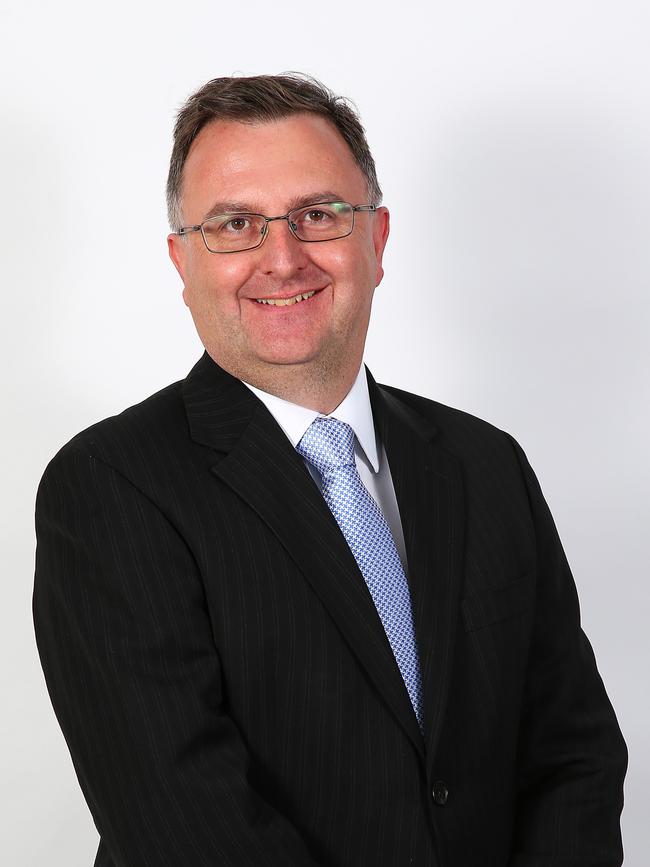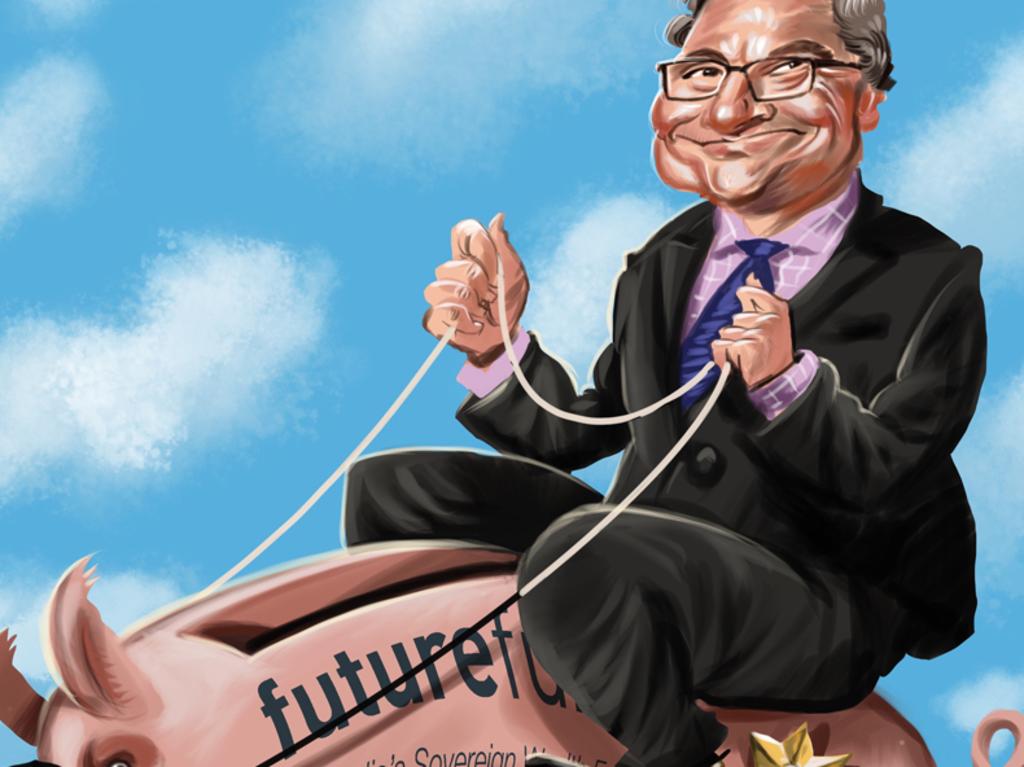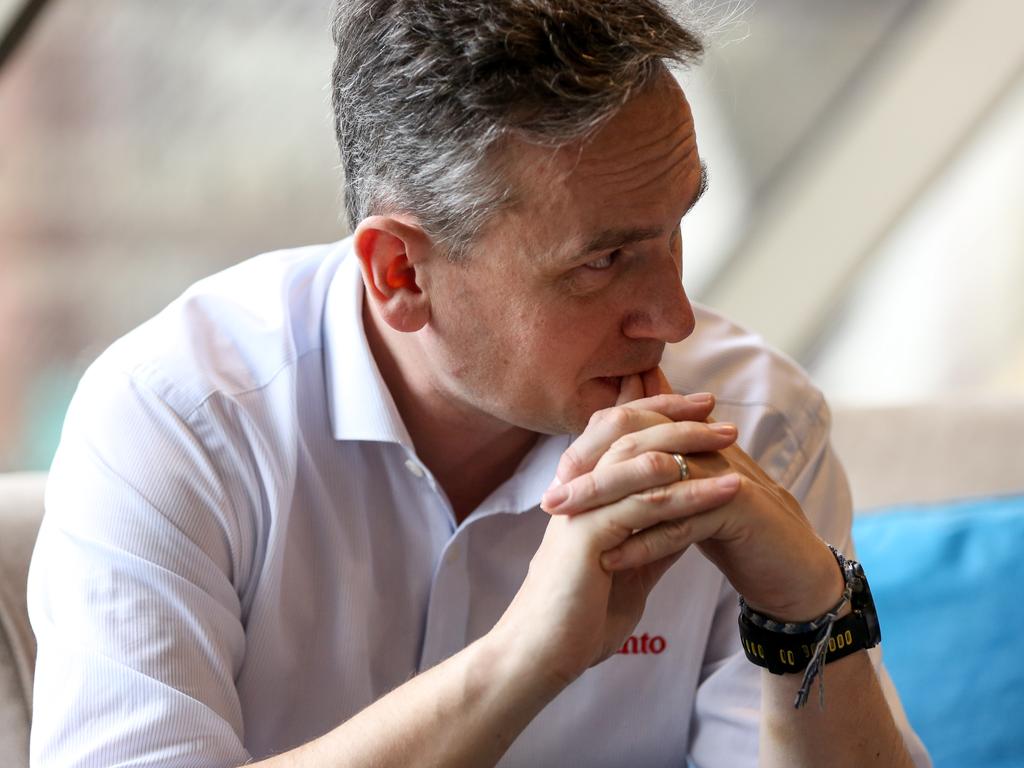Rio Tinto was under financial pressure to blast Juukan Gorge
Rio Tinto’s board review of the destruction of Juukan Gorge outlines a long list of ‘systemic’ failings that led up to the debacle.

Rio Tinto’s board review of the destruction of Juukan Gorge outlines a long list of “systemic” failings that led up to the debacle, pointing a firm finger at decisions made back in 2013.
It blames previous management, failures of communication with the Puutu Kunti Kurrama and Pinikura peoples (PKKP), failures of “linked-up decision-making”, and even its own internal software for blinding it to the need to protect the 46,000-year-old heritage site.
But the board review fails to mention — even to deny it was a factor — the commercial background to the decision to blast the heritage site.
Rio’s Brockman mine was in a bunch of trouble, and the company needed the 8 million tonnes of high-grade ore that sat next to the rock shelters. And it needed them in a hurry.
Whatever may have happened back in 2013 when the mine plans were first drafted, in October 2019 Rio missed a critical chance to prevent the entire debacle.
The moment came when PKKP representatives stood at the Brockman mine, pointed at the rock shelters and told the mine manager they “would be in the top five of locations in the Pilbara with respect to cultural importance”.
The incident, Rio’s clearest opportunity to review the copious archaeological documents gathering dust on its shelves, was mentioned in both the company’s submission to a parliamentary inquiry into the debacle and in its board-led review.
But the review offers no insight into why mine management at Brockman failed to follow up the concerns expressed by the PKKP on site, and why the matter wasn’t escalated to more senior levels of management.
At the time, however, Brockman’s mine managers were working frantically to fix issues that were costing the company money and holding back production of Rio’s flagship product, its Pilbara blend ore. That blend is Rio’s most profitable product as it is the baseload feed for major Chinese steel mills, sells for a premium, and helps set the benchmark pricing for WA iron ore across the market.

The Brockman hub produces about 100 million tonnes of iron ore a year. Brockman 4, adjacent to the Juukan Gorge heritage sites, produces about 40 million tonnes of the total and plays a key role in the quality of the Pilbara blend.
In June 2019 Rio disclosed “mine operational challenges” at Brockman, revising production guidance downwards and saying it would be forced to export more lower-grade ore as it fixed the problems — lack of spending on mine development and moving waste ore, trouble getting truck drivers, and the botched introduction of autonomous equipment.
“In light of these challenges, there has also been a review of mine plans, resulting in guidance of Pilbara shipments for 2019 being revised,” Rio said.
The downgrade, one of a succession in 2019, put another dent in the already battered reputation of its once-mighty iron ore division and its boss, Chris Salisbury, and Rio hastily announced an $80m spending plan to get Brockman 4 back into shape.
The 13 million tonnes of lost production was worth about $US1.4bn ($1.9bn) at the time.
But the real risk of losing Brockman’s high-grade tonnes was it could undermine the quality of the Pilbara blend.
In August Rio chief executive Jean Sebastien Jacques told analysts the problems “restricted our ability to access the right ore at the right time to produce our Pilbara blend”.
Rio had a choice — it could either reduce the volume of the Pilbara blend it produced, or downgrade its quality, which would risk allowing BHP to capture Rio’s prized crown of providing the benchmark Pilbara ore.

Rio chose to produce less of its flagship products and fill its ships with lower grade ore, sold as a separate product.
“We made a choice to protect the blend, not to damage, not to lessen the quality of the product. That could have been an option. We took the decision to protect the quality of our product, and to protect the relationship we have with our customers,” Jacques said.
At the end of October, as PKKP representatives stood at Brockman and pointed out the 46,000-year-old heritage site to the mine’s operations manager, Salisbury was preparing to front analysts and fund managers at Rio’s London investor day and tell them the mining giant was well on the way to fixing the issues at Brockman. Work was going well, but would continue into 2020.
The long-term solution to protect the blend’s quality is the introduction of new mines at Koodaideri and Western Turner Syncline 2. But neither are due to come online until late 2021.
Until then, as chief financial officer Jakob Stausholm told analysts in February, Rio was “facing a couple of tough years in iron ore where we have to work the mines very hard”.
That is the commercial reality against which Rio’s decision to blast the heritage sites at Brockman on May 24, 2020, allowing it access to 8 million tonnes of high grade ore, should be measured.
It is the background to Rio’s successive failures to listen to the concerns of the PKKP in 2019 and 2020, recognise the importance of the site it was about to detonate, and make a different decision.
Rio says those decisions were made by managers at Brockman 4, and were never escalated to Salisbury and Jacques.
They were made by the managers of a mine under enormous pressure to rectify its performance, protect the quality of Rio’s most important product, and repay the $80m Rio was forced to spend to correct its own mistakes.
That commercial pressures don’t rate a mention in the board-led review of the decision to detonate the Juukan Gorge rock shelters. There is no mention of whether the sites were always due to be blasted in May, or whether the area was brought into the schedule early as a result of the “mine plan review” Rio disclosed the previous year.
Did the mine’s management genuinely not realise the significance of Juukan? Or had they been told their bosses in Perth and London “only wanted to hear about solutions, not problems”? The review does not say.
Instead the blame is pointed at decisions made in 2013, failures of “linked-up decision-making”, and heritage management software.
Absent a proper review, including the commercial context of the blast, the conclusion is an easy one to form.





To join the conversation, please log in. Don't have an account? Register
Join the conversation, you are commenting as Logout